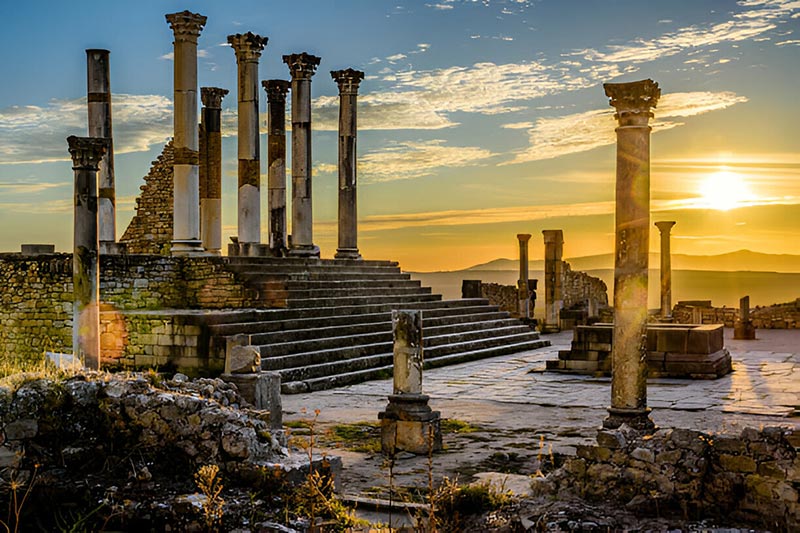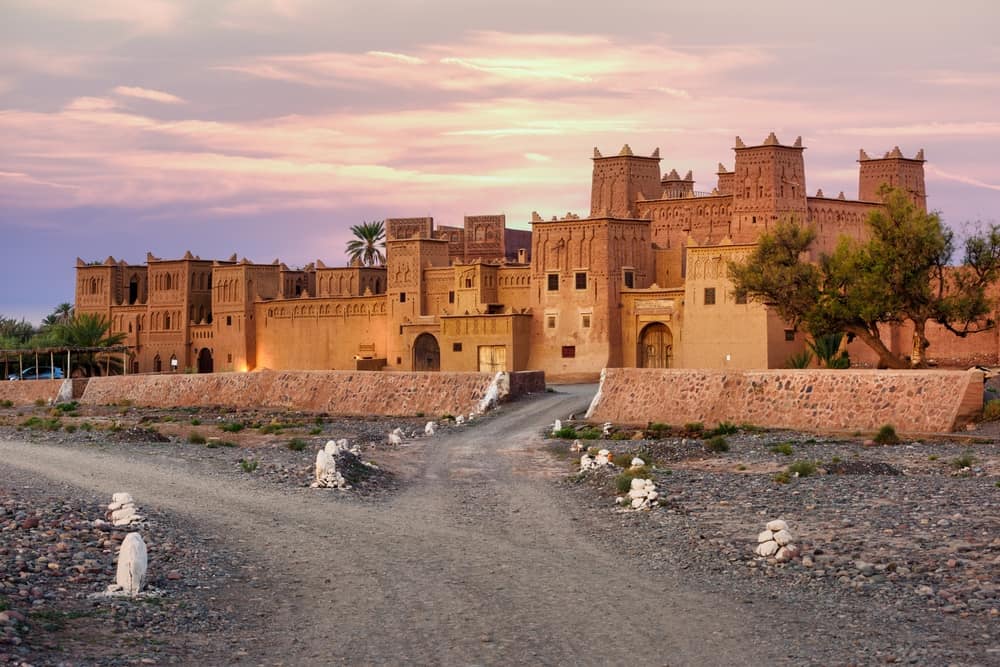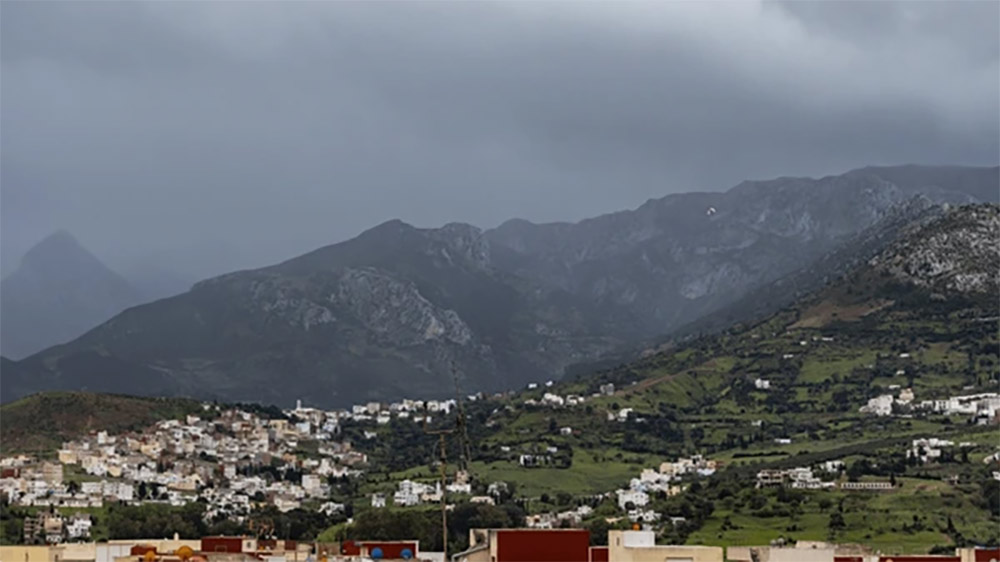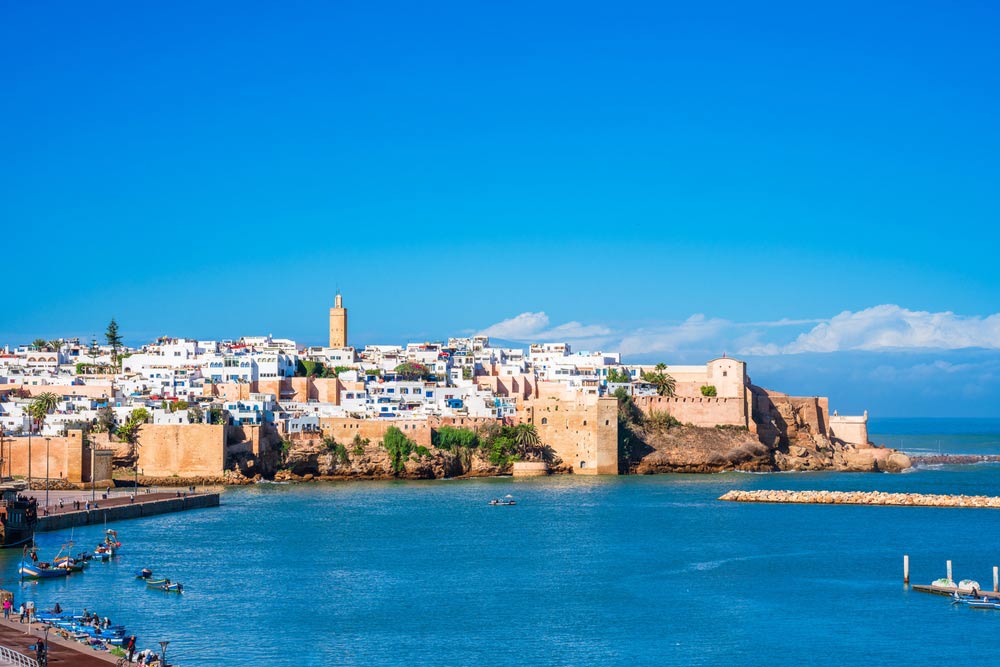Cultural heritage sites are places with a lot of history. They tell stories about the past. These sites can be old buildings, ruins, or entire cities. Visiting these places helps us learn about different cultures and histories. It’s like stepping back in time.
Morocco is a country full of amazing cultural heritage sites. Some of these places are ancient cities. Others are old forts or beautiful coastal towns. Each site has a unique story. In this article, we will explore ten important heritage sites in Morocco. These are Volubilis, Ait Benhaddou, Kasbahs, Meknes, Essaouira, Marrakech, Fes, Tetouan, El Jadida, and Rabat.
We will learn about the history and importance of each site. We will also talk about what they look like today and how they are being preserved. These stories will help us understand why these places are special and why we should protect them.
Volubilis

Volubilis is an ancient Roman city in Morocco, rich in history and culture. Volubilis was once a bustling Roman city. It was built over 2,000 years ago. The Romans chose this spot because it was good for farming. Volubilis became a big center for trade. People sold and bought goods like olive oil and wheat. The city was also known for its beautiful buildings. There were large homes with colorful mosaics, public baths, and temples.
As you walk through the ruins, you can imagine what life was like for the people who lived there. They had markets, theaters, and forums where they could meet and talk. The city was surrounded by walls to protect it from invaders. Volubilis was a place full of life and activity.
Today, Volubilis is in ruins, but you can still see the beauty. You can walk among the old buildings. There are remains of temples, houses, and big stone arches. The mosaics, or tile pictures, on the floors are very detailed. The Arch of Caracalla is a famous spot in Volubilis. It was built to honor a Roman emperor.
Volubilis is a UNESCO World Heritage Site. This means it is protected because it is important to history. Many people visit Volubilis to learn about the past. Archaeologists continue to study the site, finding new artifacts and learning more about the ancient city. The preservation efforts help keep Volubilis safe for future generations to enjoy.
Ait Benhaddou
Ait Benhaddou is another fascinating heritage site in Morocco. It is known for its unique architecture and history.
Ait Benhaddou is a traditional pre-Saharan habitat. It was a major stop for caravans carrying goods between the Sahara and Marrakech. Traders passed through, bringing gold, salt, and spices. The village was built with mud bricks, which help keep the houses cool.
This site is famous for its kasbahs, which are forts with high walls and towers. These kasbahs were built to protect against invaders. The village looks like it did centuries ago. Walking through Ait Benhaddou feels like stepping into a different time.
Today, Ait Benhaddou is a UNESCO World Heritage Site. Many movies have been filmed here because of its unique look. Movies like “Gladiator” and “Game of Thrones” used Ait Benhaddou as a backdrop.
The village is still home to a few families. They live in the traditional houses and maintain the old ways of life. Tourists visit to see the stunning kasbahs and learn about their history. Preservation efforts are important to keep the site intact. The local community and international organizations work together to protect this historic village.
Kasbahs
Kasbahs are an essential part of Morocco’s cultural heritage. These fortresses tell stories of the past and are architectural wonders.

Kasbahs are old forts made of earth and clay. They were built to protect families and communities from invaders. Inside a kasbah, you would find living spaces, storage areas, and courtyards. The high walls and narrow passages made it hard for enemies to attack.
Many kasbahs are still standing today. Some are in good condition, while others need restoration. Famous kasbahs include the Kasbah of the Udayas in Rabat and the Kasbah Taourirt in Ouarzazate. These sites attract many visitors who want to see their beauty and learn about their history.
Restoring kasbahs is important to keep them from crumbling. Preservation projects help repair and maintain these structures. Local communities often play a big role in these efforts. They work with experts to use traditional methods and materials for repairs. Plans include more restoration projects and promoting these sites to tourists.
Meknes
Meknes is one of Morocco’s historic cities, known for its rich culture and grand architecture.
Meknes was once the capital of Morocco. It was built by Sultan Moulay Ismail in the 17th century. The city is surrounded by high walls and has many grand gates. These gates were built to impress visitors and show the power of the sultan.
Today, Meknes is a bustling city that still retains its historical charm. The old city, or medina, is a UNESCO World Heritage Site. Visitors can explore the narrow streets, markets, and palaces. The Royal Stables and the Mausoleum of Moulay Ismail are must-see places.
Preserving Meknes is important to keep its history alive. Restoration projects focus on repairing old buildings and gates. Efforts are also made to protect the medina from modern development. Local and international groups work together to ensure Meknes remains a treasured heritage site.
Essaouira
Essaouira is a coastal city with a rich history and vibrant culture.
Essaouira was founded in the 18th century. It was a major port city, connecting Morocco with Europe and the rest of Africa. The city was designed by European architects, giving it a unique blend of Moroccan and European styles.
Today, Essaouira is known for its artistic vibe. The city attracts many artists and musicians. The medina, with its whitewashed buildings and blue doors, is a UNESCO World Heritage Site. The city’s harbor is bustling with fishing boats, and the beaches are popular with surfers.
Efforts to preserve Essaouira focus on maintaining its unique architecture and cultural heritage. Restoration projects help repair the old buildings and protect the city’s charm. The local community plays a key role in these efforts, ensuring that Essaouira remains a vibrant and historic place.
Marrakech
Marrakech is one of Morocco’s most famous cities, known for its lively markets and rich history.
Marrakech was founded in the 11th century. It quickly became an important cultural and economic center. The city is known for its red walls and bustling souks, or markets. Key sites include the Koutoubia Mosque, the Saadian Tombs, and the Bahia Palace.
Today, Marrakech is a vibrant city that blends old and new. The Medina is a UNESCO World Heritage Site. Visitors can explore the narrow alleys, visit the colorful markets, and enjoy the beautiful gardens. Marrakech is also known for its lively squares, such as Jemaa el-Fnaa, where performers and vendors gather.
Preserving Marrakech is crucial to maintaining its cultural heritage. Restoration projects focus on repairing old buildings and monuments. Efforts are also made to manage the impact of tourism. Local and international organizations work together to protect the city’s historical sites and ensure they remain for future generations to enjoy.
Fes
Fes is one of Morocco’s oldest cities, known for its rich history and cultural significance.
Fes was founded in the 9th century. It is home to one of the world’s oldest universities, the University of Al Quaraouiyine. The city is divided into two parts: Fes el Bali (Old Fes) and Fes el Jdid (New Fes). Fes el Bali is a maze of narrow streets and historic buildings.
Today, Fes is a city that holds onto its past while embracing the present. The medina of Fes el Bali is a UNESCO World Heritage Site. Visitors can explore the old streets, visit the ancient university, and see the beautiful madrasas (Islamic schools). The city is also known for its traditional tanneries.
Preserving Fes involves restoring old buildings and protecting its cultural heritage. Restoration projects focus on the medina and its historic structures. Efforts are also made to support local craftspeople and maintain traditional methods. These preservation efforts help keep the history of Fes alive.
Tetouan
Tetouan is a city with a unique blend of cultures and a rich history.

Tetouan has been an important city for centuries. It was a key point of contact between Morocco and Spain. The city’s architecture reflects this blend of cultures. Tetouan is known for its beautiful medina, which has been influenced by Andalusian (Spanish) design.
Today, Tetouan is a vibrant city with a lively cultural scene. The Medina is a UNESCO World Heritage Site. Visitors can explore its narrow streets, visit the royal palace, and see the traditional craftsmanship. The city’s markets are full of handmade goods, from pottery to textiles.
Restoration projects in Tetouan focus on preserving its unique architecture and cultural heritage. Efforts are made to repair old buildings and support local artisans. These projects help keep the history and culture of Tetouan alive for future generations.
El Jadida
El Jadida is a coastal city with a fascinating history and unique architecture.
El Jadida was built by the Portuguese in the 16th century. It was originally a fortified city called Mazagan. The city has many European-style buildings, including a large fortress and a church.
Today, El Jadida is a UNESCO World Heritage Site. The old Portuguese city is still visible, with its fortress, cistern, and church. The city is also known for its beautiful beaches and lively markets. Visitors can explore the historic sites and enjoy the coastal views.
Preservation efforts in El Jadida focus on maintaining its unique blend of European and Moroccan architecture. Restoration projects help repair old buildings and protect the city’s heritage. The local community and international organizations work together to keep El Jadida’s history alive.
Rabat
Rabat is the capital city of Morocco, with a rich history and vibrant culture.

Rabat has been an important city for centuries. It has a mix of Islamic and European influences. Key historical sites include the Hassan Tower, the Kasbah of the Udayas, and the Chellah necropolis. These sites tell the story of Rabat’s past.
Today, Rabat is a modern city that still retains its historical charm. The old Medina is a UNESCO World Heritage Site. Visitors can explore the historic sites, visit the royal palace, and enjoy the beautiful gardens. Rabat is also known for its museums and cultural festivals.
Preserving Rabat involves protecting its historic sites and cultural heritage. Restoration projects focus on repairing old buildings and monuments. Efforts are also made to manage the impact of urban development. Local and international organizations work together to ensure Rabat’s history is preserved for future generations.
Broader Topics
Preserving cultural heritage sites is crucial. These sites tell the stories of our past. They help us understand different cultures and histories. Preservation efforts protect these sites from damage and decay. It ensures that future generations can learn from and enjoy these historical places.
Tourism can have both positive and negative effects on heritage sites. It brings money and attention, which can help fund preservation efforts. However, too many visitors can cause damage. Managing tourism is important to protect these sites. This means creating rules and guidelines for visitors. It also involves educating tourists about the importance of preservation.
Morocco has many other heritage sites worth exploring. These include the medinas of Chefchaouen, the ruins of Lixus, and the historic city of Sijilmassa. Each of these sites has its own unique story and significance. Exploring these places helps us appreciate the rich cultural heritage of Morocco.
Conclusion
Cultural heritage sites in Morocco are treasures that tell the stories of the past. From ancient Roman cities to traditional kasbahs, each site has its unique history and significance. Preservation efforts are crucial to protect these sites for future generations. By visiting and learning about these places, we can help ensure that their stories continue to be told. Supporting preservation projects and responsible tourism are important steps in protecting our shared cultural heritage.
